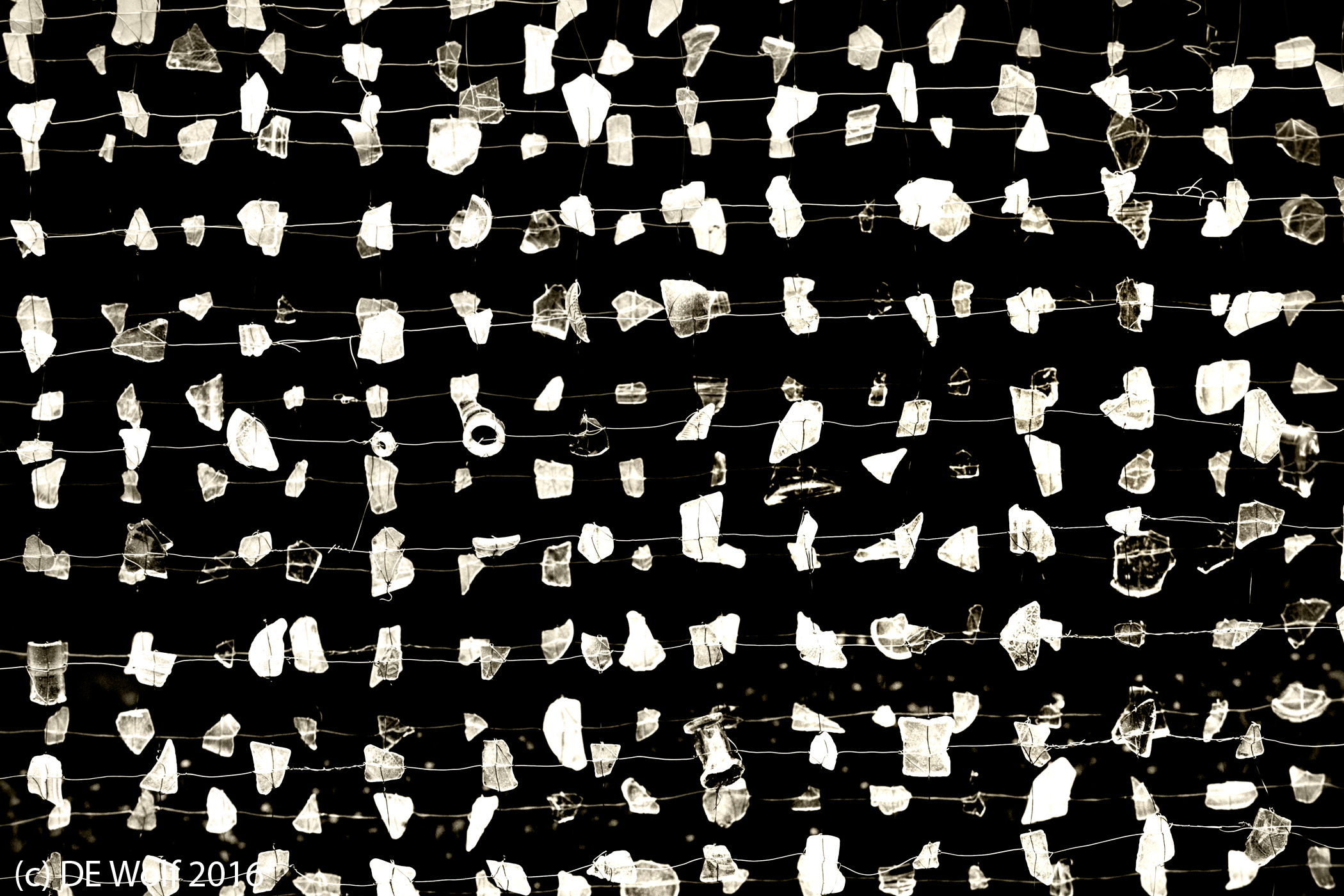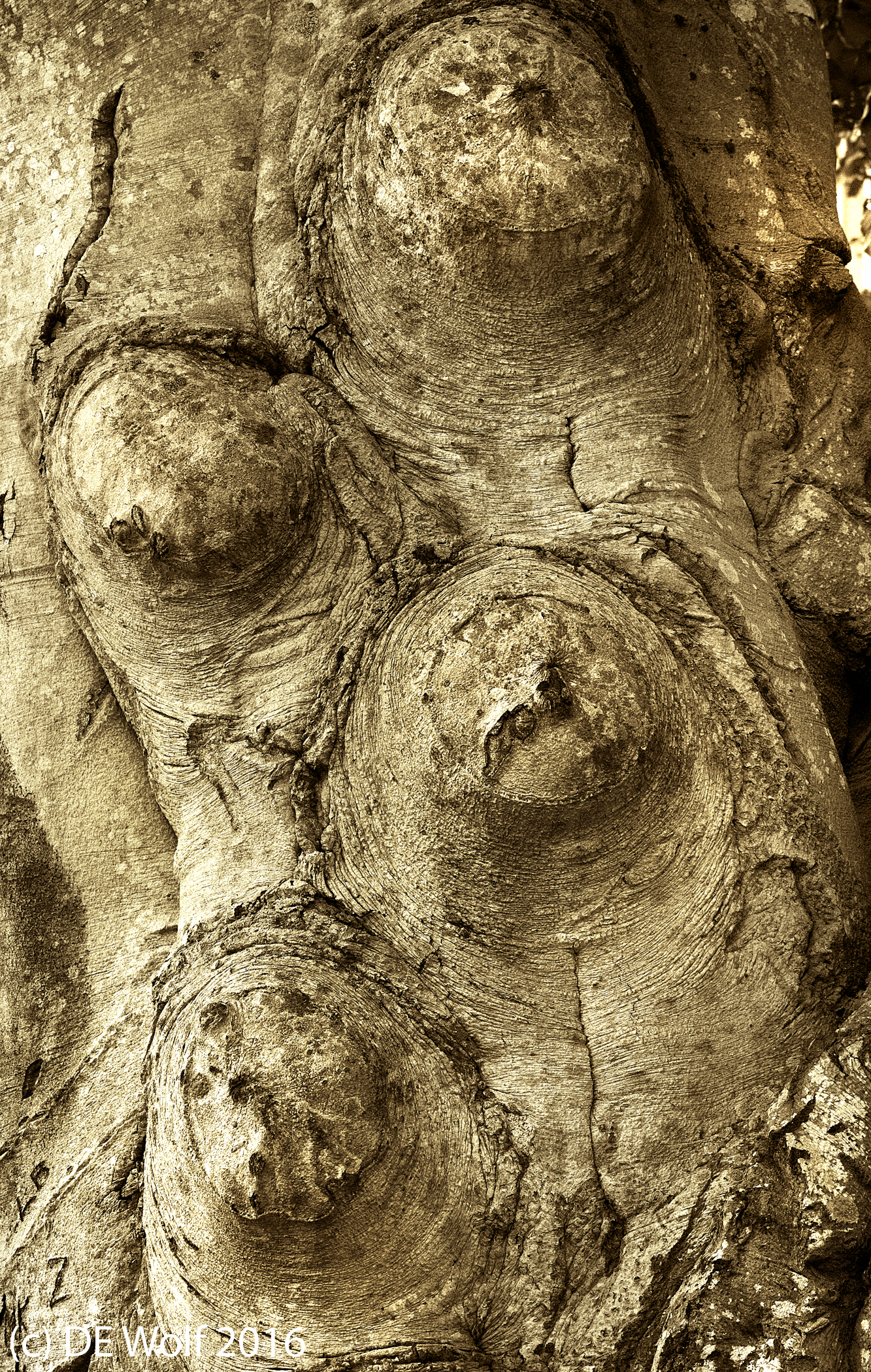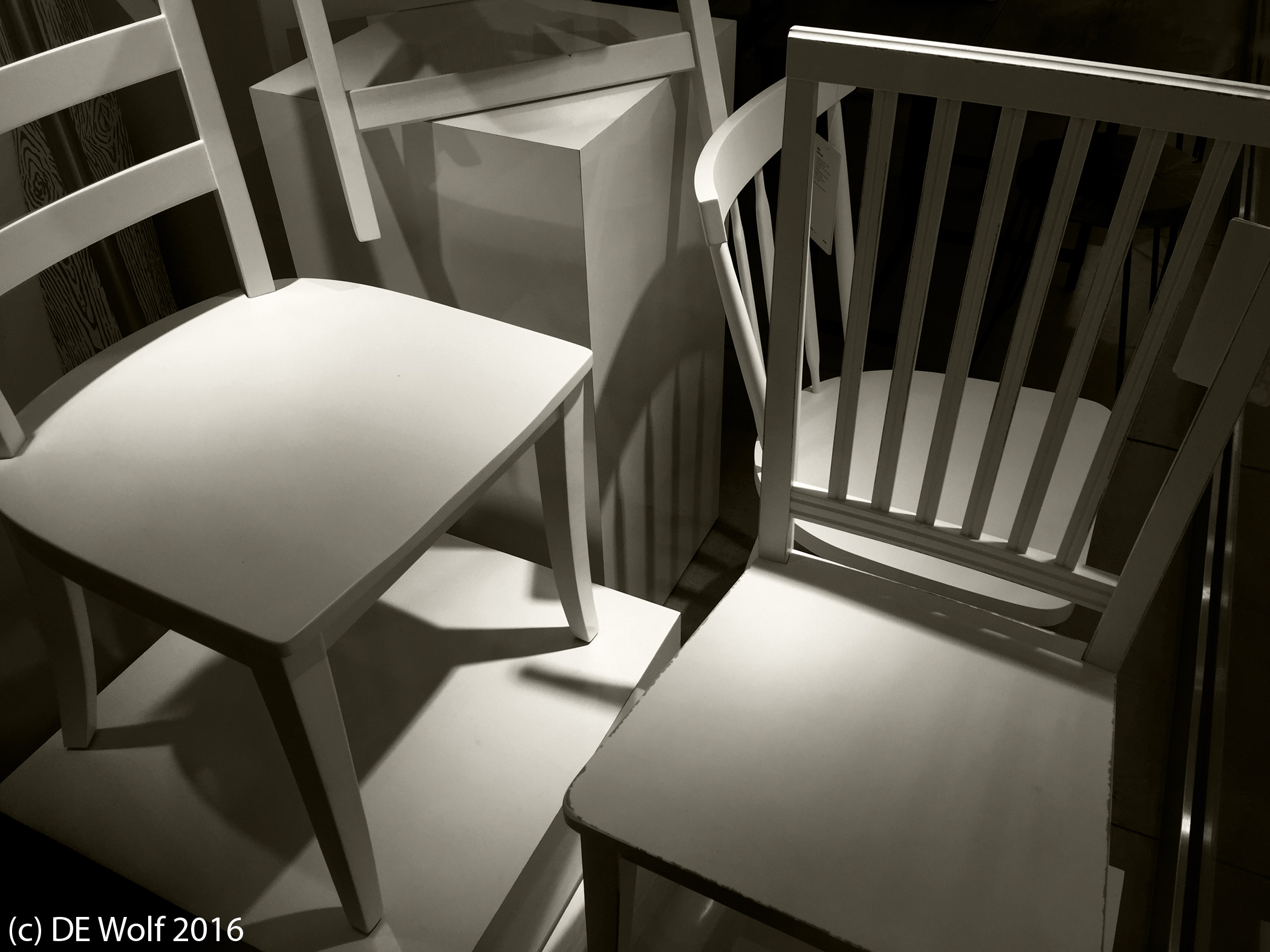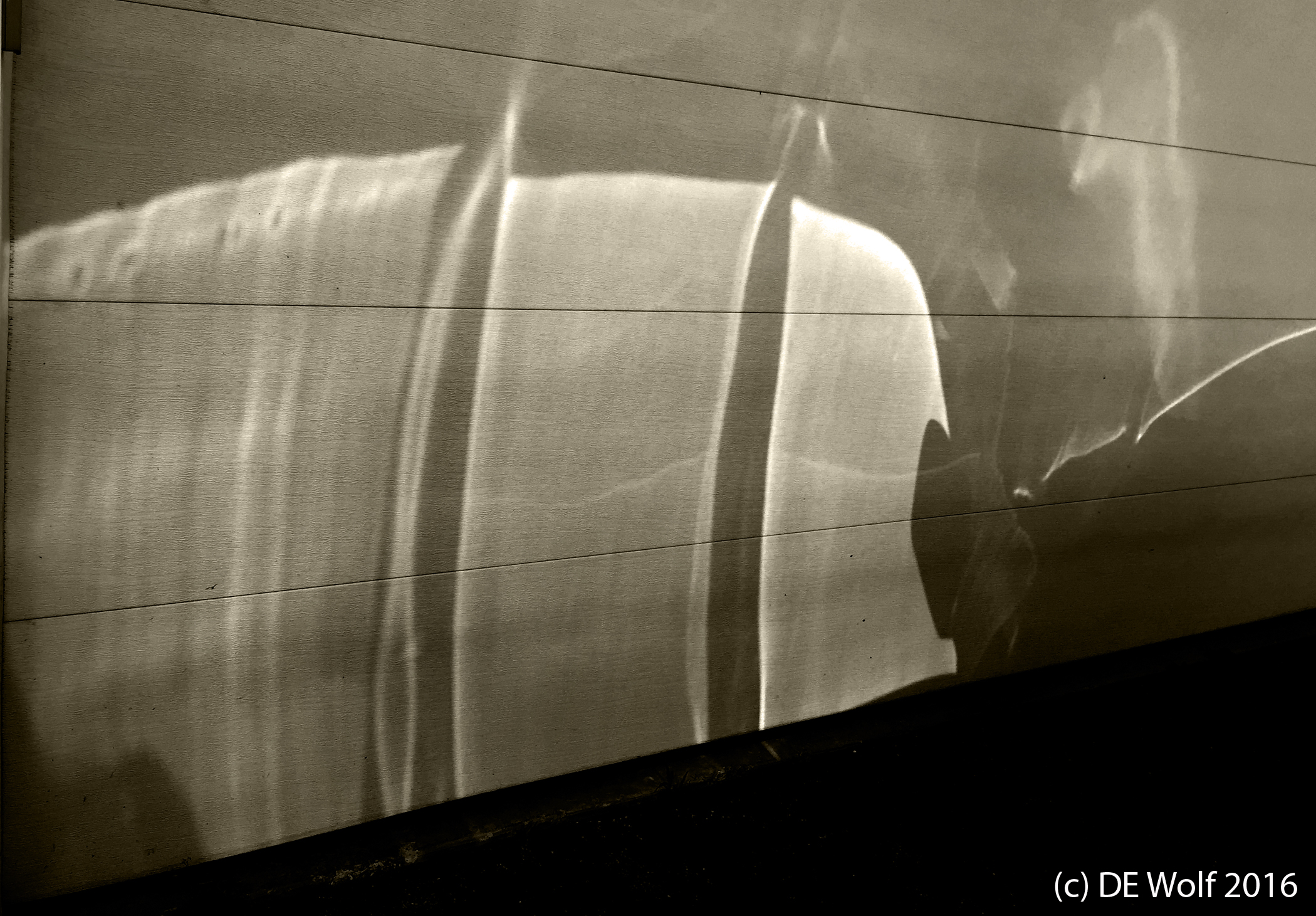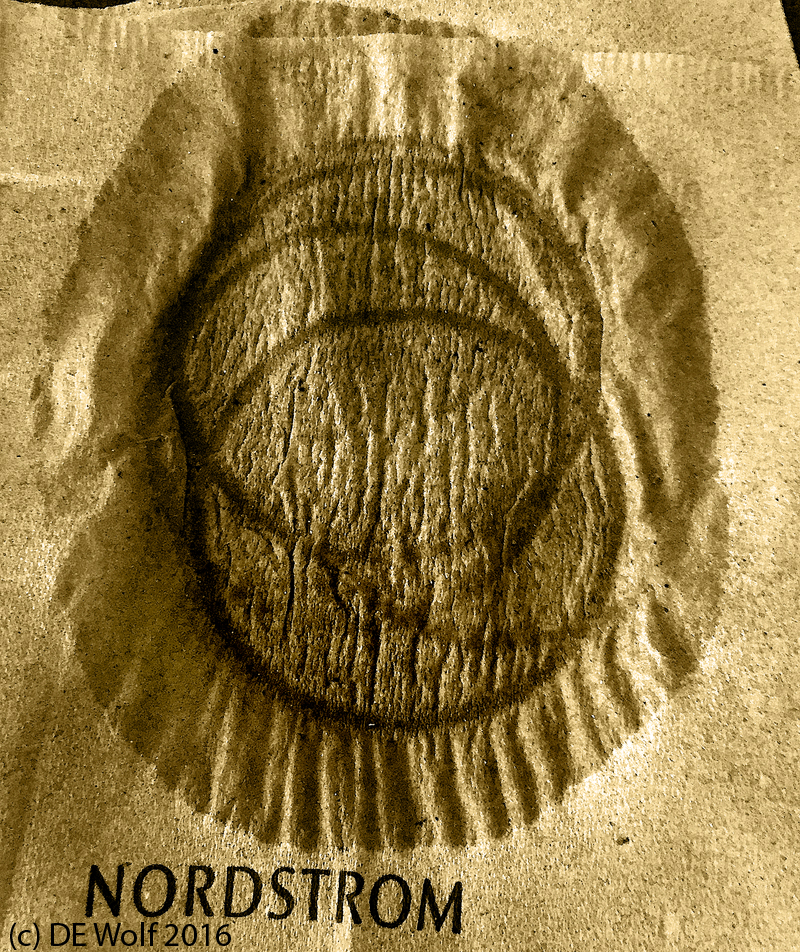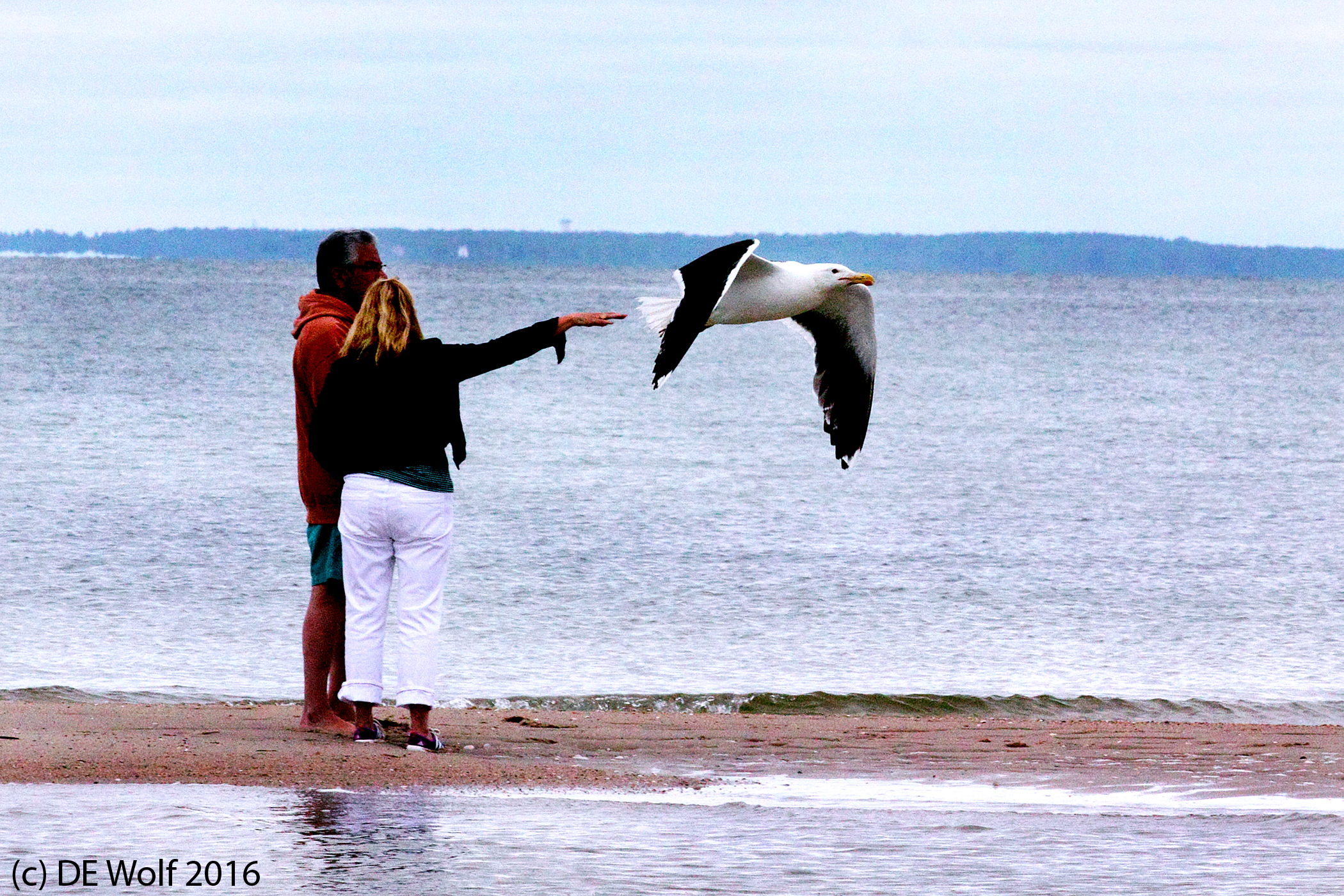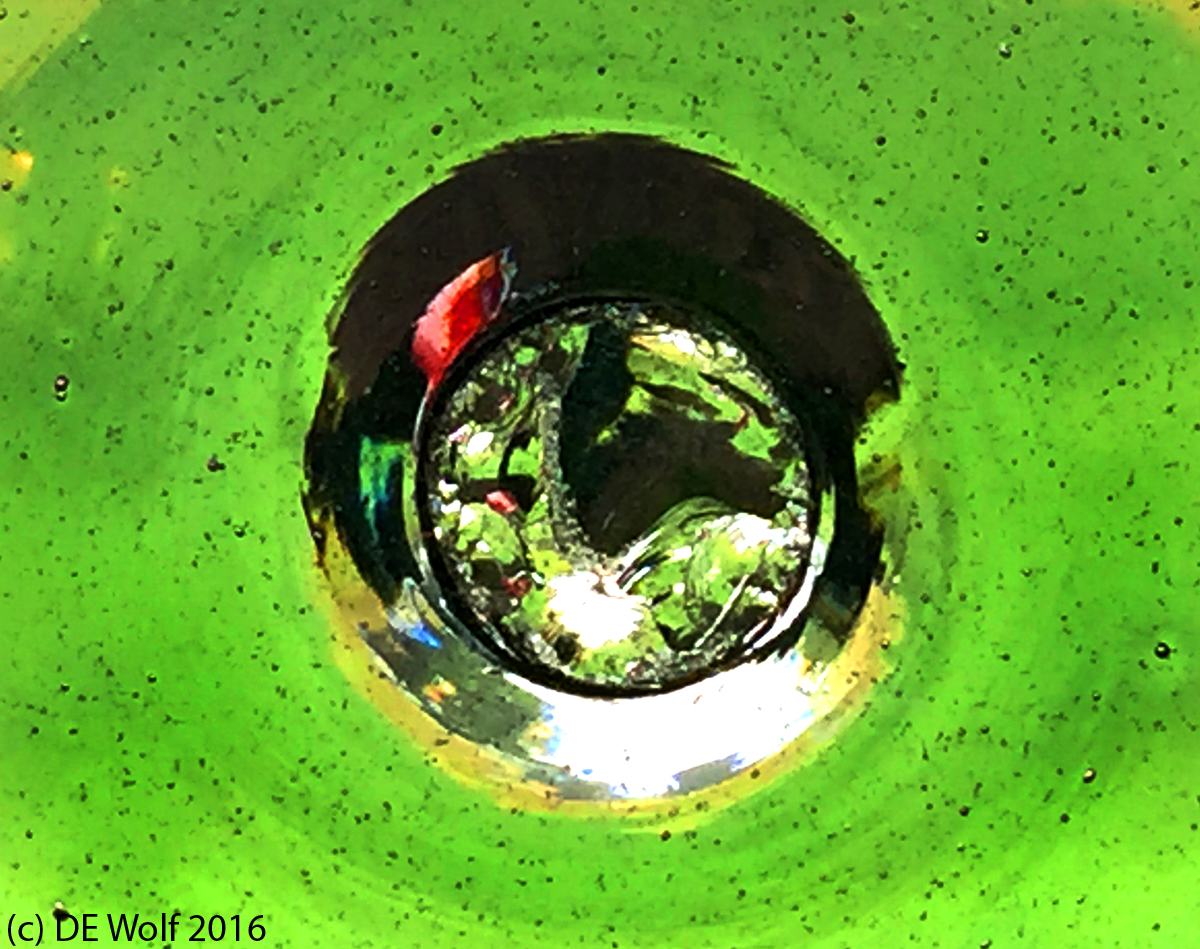
Figure 1 – The construction robot. (c) DE Wolf 2016.
I am starting to realize that even though the singularity by some reckonings is still forty-nine years away that the accelerating pace of movement towards it has resulted in its being more and more visible. You just have to look. Yesterday I was down in Boston’s Seaport District and stopped with a couple of tourists, who with their two sons, was watching a remote-control robotic “tamping device” pressing down the gravel sublayer in front of a hole in the ground. It reminded me immediately of the GE commercial, where the woman says “It’s a brain-controlled drone. My brain controls my thumbs which control the drone.” Hmm!
But here it is – one small step. And besides, this particular robot or drone did bare a striking resemblance to R2D2. That is, it was cute in a metallic sort of way. I snapped a picture with my IPhone (Figure 1). But it doesn’t quite capture the sensations of the moment. The Boston Seaport is filled with the sights, sounds, and bustle of construction. Massachusetts led the continent into the American Revolution and it is truly leading the Singularity Revolution. We have never lost, always expected and practiced greatness. It’s in the air, and you’ve got to imagine this little R2 doing his job in a massive cacophony of construction noise. It’s interesting because when you think about the asymptotic rush of a mathematical singularity you don’t usually think about sound. But maybe mathematics has a voice. Maybe it is like Pythagoras‘ “Music of the Spheres.” Maybe the sound of a true singularity is so pure that it can only be heard by the gods.
Some years back now I went to a restaurant and encountered a robotic waiter. To be specific you ordered and paid through the robot (for now) and I refused to use it. I was thinking two things. First, that part of the dining out experience is interacting with the waiter or waitress. Second, these people need jobs to earn a living. This second point was reiterated to me by the waitress, who confirmed the fact that she did indeed need her job and didn’t want to be replaced by a machine. There is this underlying view that somehow it will all work out and that we will not create a chronically unemployed class. Fools rush in where angels fear to tread.
In the classic construction site this process would employ two people. Like the proverbially road construction crew of ten guys digging a hole – one doing the digging and nine looking at the guy in the hole, classically this tamping task would employ two people: one guy doing the tamping and one foreman supervising. The machine makes it a lot safer for the tamperer. I say that because the hole was deep and perilously close. Also the tamperer’s back is certainly spared. But in terms of labor number, the job it seems, so far at least, still requires two people and an adorable, but expensive, machine.

